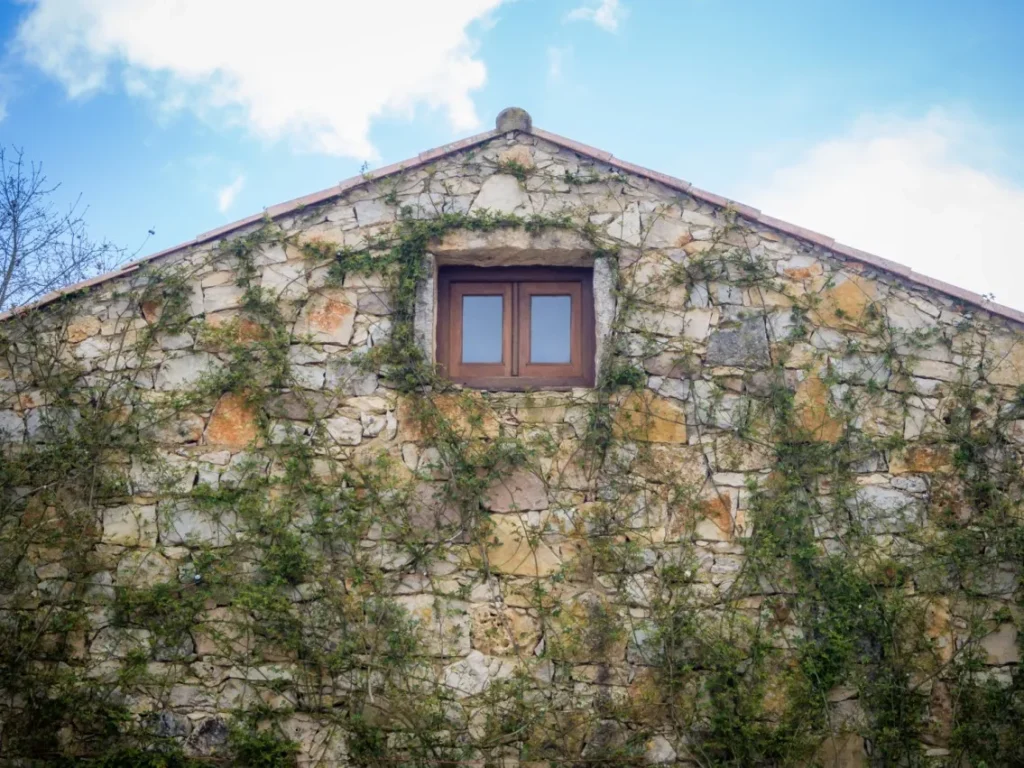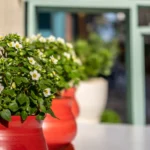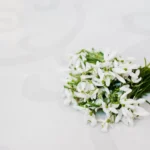Building a sandstone house offers a unique opportunity to create a home with character, exceptional durability, and natural beauty. Sandstone, a sedimentary rock formed from compacted sand and minerals, has been used for centuries in construction due to its strength and weather-resistant properties. Whether you are drawn to its rustic charm or its ability to blend harmoniously with natural surroundings, a sandstone house is a statement of timeless craftsmanship.
Advantages of Building a Sandstone House
Choosing sandstone as a primary building material comes with a range of benefits that go beyond aesthetics.
- Durability and Strength: Sandstone is known for its hardness and resistance to weathering, making it an excellent choice for long-lasting construction.
- Thermal Insulation: The natural density of sandstone helps maintain a stable indoor temperature, reducing energy costs.
- Low Maintenance: Unlike some other building materials, sandstone does not require frequent treatments or painting.
- Aesthetic Appeal: The natural variation in colors and textures allows homeowners to achieve a distinctive and visually appealing home.
- Environmental Benefits: Sandstone is a natural material with a lower carbon footprint compared to synthetic alternatives.
Selecting the Right Sandstone
The key to a successful sandstone house lies in choosing the right type of stone for your climate, aesthetic preference, and structural requirements. There are three main types of sandstone used in construction:
- Sedimentary Sandstone: Commonly found in warm and dry regions, this type is relatively soft and has a smooth texture.
- Quartzitic Sandstone: Harder and more durable due to its high quartz content, making it ideal for structural walls.
- Calcareous Sandstone: Contains calcite, making it slightly more porous, which requires additional sealing for water resistance.
When selecting sandstone, consider its porosity, strength, and color variations. Consult with local suppliers to determine which type is best suited to your region’s weather conditions.
Designing a Sandstone House
Designing a sandstone house requires a thoughtful approach to maximize both functionality and aesthetics.
Exterior Design Considerations
- Wall Thickness: Sandstone walls can be thicker than modern brick walls, contributing to energy efficiency.
- Mortar Type: Using lime-based mortar instead of cement allows for greater flexibility, reducing the risk of cracks.
- Architectural Style: Sandstone works well with various architectural styles, including colonial, French provincial, and modern minimalist designs. Those considering a refined aesthetic might look into incorporating elements of French provincial furniture for a cohesive interior style.
- Roofing Compatibility: Metal roofing complements sandstone exteriors well, providing a durable and elegant contrast.
Interior Usage
- Feature Walls and Fireplaces: Sandstone interiors create a warm, inviting atmosphere, particularly when used for fireplaces or accent walls.
- Flooring and Countertops: Polished sandstone floors add a touch of natural luxury, while sandstone countertops work well in rustic kitchens.
- Window and Door Frames: Carved sandstone frames enhance the visual appeal, working seamlessly with wooden or wrought-iron elements.
Construction Process for a Sandstone House
Understanding the construction process ensures a well-built and structurally sound sandstone house.
Site Preparation and Foundation
Before laying the first sandstone block, thorough site preparation is crucial.
- Choosing the Right Location: Proper drainage and soil stability play a significant role in the longevity of sandstone houses.
- Excavation and Foundation Laying: A deep concrete foundation with reinforced steel provides the necessary support for heavyweight sandstone structures.
- Stone Cutting and Shaping: Depending on the design, stones may be cut to uniform sizes or left irregular for a more natural aesthetic.
Wall Construction
- Dry Stack vs. Mortared Walls: Traditional dry-stacking involves stacking stones without mortar, while a mortared structure provides additional stability.
- Reinforcement: Using vertical and horizontal reinforcements enhances the structure’s earthquake and load-bearing capabilities.
- Curing Time: Allow stone walls to set properly before proceeding with external finishes.
Roofing and Final Touches
- Selecting the Right Roofing Material: While clay tiles and slate work well, metal roofing is a popular choice for its durability.
- Sealing and Finishing: Some types of sandstone require sealants to protect against moisture absorption.
- Landscaping Considerations: Complementing the house with tall indoor plants or outdoor greenery enhances its natural charm.
Maintenance of a Sandstone House
Regular maintenance ensures the longevity of your sandstone house by addressing natural aging and environmental exposure.
- Cleaning Techniques: Mild detergents and soft-bristle brushes help remove dirt without damaging the stone.
- Sealing Requirements: High-porosity sandstone benefits from periodic sealing to protect against water infiltration.
- Checking for Structural Integrity: Inspecting for cracks or erosion, particularly in mortar joints, helps prevent long-term damage.
Sandstone House vs. Other Construction Materials
Compared to brick, wood, or concrete, sandstone offers a distinct set of advantages:
- Brick: While more uniform, brick lacks the natural aesthetic appeal of sandstone.
- Wood: Although wood offers warmth, it requires significantly more maintenance to prevent rot and insect damage.
- Concrete: Modern concrete can mimic stone, but sandstone provides a more authentic and organic look.
Enhancing Your Sandstone House
A well-designed home extends beyond its structure. Incorporating thoughtful interior and exterior elements elevates daily living.
- Furniture Selections: Choosing durable yet stylish pieces, like a well-assembled cutlery set, ensures both aesthetics and practicality.
- Garden Integration: Adding complementing greenery, such as black flowers, creates a striking external contrast.
- Interior Styling: Incorporating fluted glass partitions can enhance the traditional appeal of sandstone interiors.
Final Thoughts
A sandstone house is more than just a residence—it’s a long-term investment in durability, timeless beauty, and sustainability. With proper planning, quality materials, and thoughtful design, it stands as a testament to both nature’s elegance and architectural craftsmanship. Whether you are drawn to its structural integrity or its organic aesthetic, a sandstone home offers a unique way to build a space that feels both enduring and inviting.



